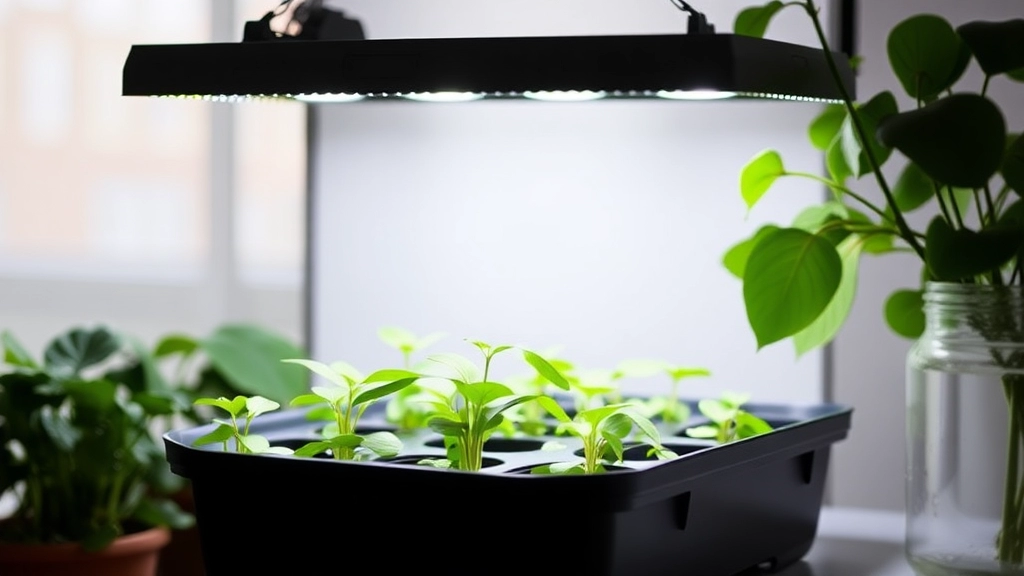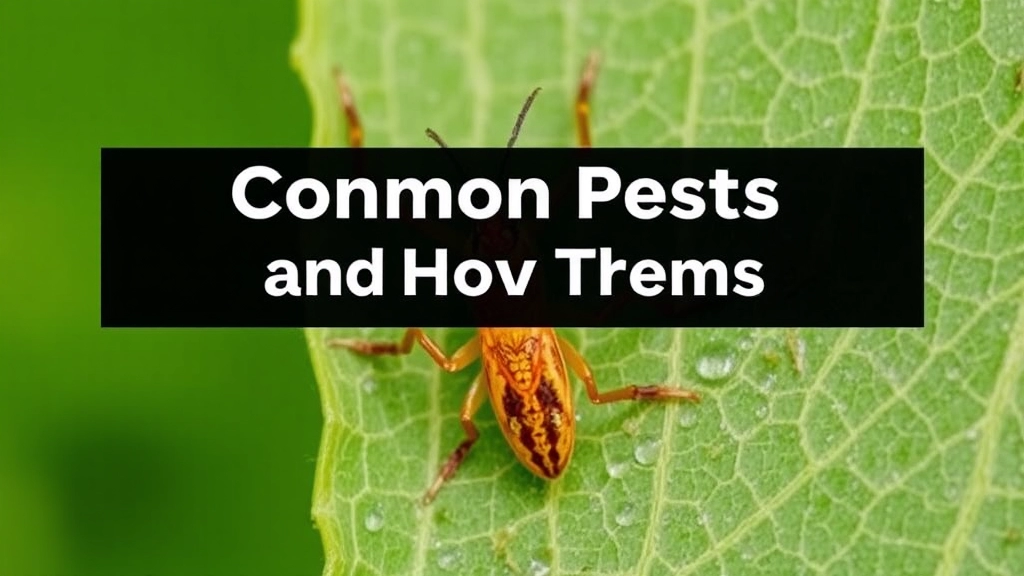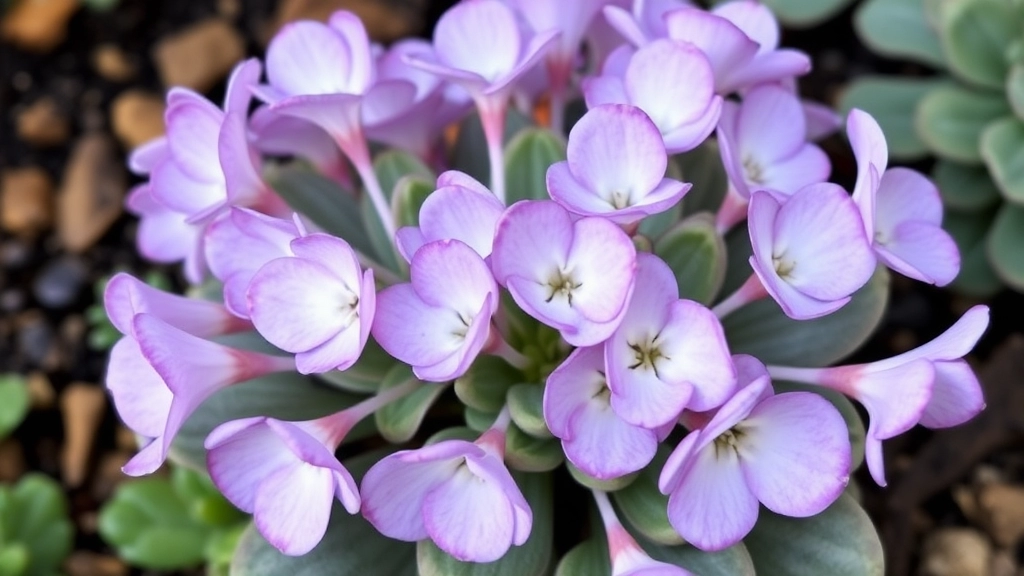Kalanchoe Lavender Scallops Care Guidelines
When it comes to Kalanchoe Lavender Scallops, understanding the essential care guidelines is key. This beautiful succulent, also known as Kalanchoe fedtschenkoi, thrives with the right balance of light, water, and soil. Ensuring your plant gets adequate sunlight and is placed in well-draining soil can make all the difference in its growth and resilience.
Light and Temperature Conditions
Maintaining the ideal light and temperature conditions is crucial for your Kalanchoe Lavender Scallops. These succulents prefer bright, indirect light and moderate temperatures. Overwatering is a common mistake, so it’s important to let the soil dry out between waterings to prevent root rot.
Tips for Healthy Growth
By following these simple tips, you can enjoy a healthy and vibrant Kalanchoe Lavender Scallops in your home or garden.
Key Care Practices
- Watering:
- Ensure the soil remains consistently moist but never soggy.
- Water deeply but infrequently to encourage deep root growth.
- Fertilisation:
- Use a balanced, water-soluble fertiliser every four to six weeks during the growing season.
- Reduce feeding in the winter months.
- Pruning:
- Regularly trim back any dead or yellowing leaves.
- This encourages new growth and maintains the plant’s overall health.
- Humidity:
- Lavender Scallops prefer moderate humidity levels.
- Consider misting them occasionally, especially in dry environments.
- Monitoring:
- Keep an eye out for signs of stress, such as wilting or yellowing leaves.
- Address any issues promptly to prevent further damage.
For more detailed information on care practices, you might find our comprehensive Kalanchoe plant care guide helpful. If you are facing issues like wilting or discolored leaves, our article on why Kalanchoe leaves turn red offers valuable insights.
Ideal Light and Temperature Conditions for Growth

When it comes to nurturing your Lavender Scallops, light and temperature play a massive role in their health and vibrancy.
You might be wondering: How much light do they need?
Lavender Scallops thrive in bright, indirect sunlight.
Here’s what you should keep in mind:
- Direct Sunlight: Avoid placing them in harsh, direct sunlight for long periods.
- Location: A south-facing window is often ideal.
- Rotation: Rotate your plant occasionally to ensure even growth.
Now, let’s talk temperature.
What’s the perfect temperature?
Lavender Scallops prefer a warm environment, ideally between 18°C and 24°C.
Here are a few tips to maintain the right temperature:
- Avoid Drafts: Keep them away from cold drafts or heating vents.
- Seasonal Changes: In winter, they can tolerate slightly cooler temperatures, but try to keep it above 10°C.
- Humidity: They enjoy moderate humidity, so consider misting them occasionally or using a pebble tray.
Soil and Watering Tips to Prevent Root Rot
When caring for Lavender Scallops, one of the most pressing concerns is ensuring that your plants thrive without falling victim to root rot.
Understanding Root Rot
Root rot is a common issue that can devastate your Lavender Scallops if not addressed promptly. It typically arises from overwatering or poor drainage, leading to a soggy environment that invites harmful pathogens.
Soil Selection
Choosing the right soil is crucial for preventing root rot. Here are some tips:
- Well-Draining Soil: Use a potting mix designed for succulents or cacti. These blends often contain sand or perlite, which helps with drainage.
- pH Levels: Aim for a slightly acidic to neutral pH (around 6.0 to 7.0) to promote healthy root development.
Watering Guidelines
Watering Lavender Scallops requires a careful balance. Here’s how to do it effectively:
- Check Soil Moisture: Always check the top inch of soil before watering. If it’s dry, it’s time to water. If it’s still moist, hold off.
- Watering Technique: Water thoroughly until it drains from the bottom of the pot, but never let the plant sit in standing water.
- Seasonal Adjustments: Reduce watering frequency during the winter months when the plant is dormant.
Signs of Trouble
Keep an eye out for signs of root rot:
- Wilting Leaves: If your Lavender Scallops are wilting despite adequate watering, it could indicate root rot.
- Discolouration: Yellowing leaves or a mushy texture are also red flags.
By following these soil and watering tips, you can significantly reduce the risk of root rot and keep your Lavender Scallops flourishing. For more detailed care instructions, check out our Kalanchoe Paddle Plant Care Guide and our guide on identifying and fixing leaf discoloration.
Common Pests and How to Manage Them

When caring for Lavender Scallops, pest management is crucial to ensure healthy growth and vibrant foliage. Many plant enthusiasts often worry about pests that can threaten their beloved plants. Let’s explore the common pests that can affect Lavender Scallops and effective strategies to manage them.
Common Pests
- Aphids
- Small, soft-bodied insects that suck sap from plants.
- They can lead to yellowing leaves and stunted growth.
- Spider Mites
- Tiny arachnids that thrive in dry conditions.
- Look for fine webbing and speckled leaves.
- Mealybugs
- White, cottony pests that cluster in leaf axils.
- They can weaken the plant significantly.
Management Strategies
- Regular Inspection
- Check your plants weekly for any signs of pests.
- Early detection is key to effective management.
- Natural Predators
- Introduce ladybugs or lacewings to control aphid populations.
- These beneficial insects can naturally keep pests at bay.
- Neem Oil
- A natural pesticide that disrupts pest life cycles.
- Dilute and spray on affected areas every few weeks.
- Insecticidal Soap
- Effective against soft-bodied pests like aphids and mealybugs.
- Ensure thorough coverage to suffocate the pests.
- Maintain Humidity
- Increase humidity around your Lavender Scallops to deter spider mites.
- Misting the leaves or using a pebble tray can help.
Propagation Techniques: Stem and Leaf Cuttings
When it comes to expanding your collection of Lavender Scallops, propagation through stem and leaf cuttings is a straightforward and rewarding method. Many enthusiasts worry about the best techniques to ensure successful growth. Let’s dive into the essentials of propagating this beautiful plant.
Why Propagation Matters
Propagation allows you to create new plants from existing ones, ensuring you can enjoy Lavender Scallops in various locations around your home or garden. Plus, it’s a cost-effective way to expand your collection.
Potting, Repotting, and Container Gardening Tips for Lavender Scallops
So, you’ve got your Lavender Scallops, and now you’re wondering about potting and repotting, right?
Let’s dive into how to keep your plants happy in their containers.
FAQs on Kalanchoe Lavender Scallops
What type of light is best for Lavender Scallops?
Lavender Scallops thrive in bright, indirect sunlight. Avoid placing them in harsh, direct sunlight for long periods. A south-facing window is often ideal, and rotating your plant occasionally ensures even growth.
What is the ideal temperature range for Lavender Scallops?
Lavender Scallops prefer a warm environment, ideally between 18°C and 24°C. They can tolerate slightly cooler temperatures in winter but try to keep it above 10°C. Avoid placing them near cold drafts or heating vents.
How can I maintain the right humidity for my Lavender Scallops?
Lavender Scallops enjoy moderate humidity. Misting them occasionally or using a pebble tray can help maintain the right humidity levels.
What are the common pests that affect Lavender Scallops?
Common pests include aphids, spider mites, and mealybugs. Aphids are small, soft-bodied insects that suck sap from plants. Spider mites are tiny arachnids that thrive in dry conditions, and mealybugs are white, cottony pests that cluster in leaf axils.
How can I manage pests on my Lavender Scallops?
Effective pest management strategies include regular inspection, introducing natural predators like ladybugs or lacewings, using neem oil or insecticidal soap, and maintaining humidity to deter spider mites.
How often should I inspect my Lavender Scallops for pests?
Check your plants weekly for any signs of pests. Early detection is key to effective management and can prevent significant damage to your plants.
Can natural predators help in controlling pests on Lavender Scallops?
Yes, introducing natural predators such as ladybugs or lacewings can help control aphid populations and naturally keep pests at bay.
What are the benefits of using neem oil on Lavender Scallops?
Neem oil is a natural pesticide that disrupts pest life cycles. Diluting and spraying it on affected areas every few weeks can effectively manage pests.
Is insecticidal soap effective against all pests?
Insecticidal soap is particularly effective against soft-bodied pests like aphids and mealybugs. Ensure thorough coverage to suffocate the pests.
How can I increase humidity around my Lavender Scallops?
Increasing humidity can be achieved by misting the leaves or using a pebble tray. This can help deter pests like spider mites that thrive in dry conditions.
References
-
Growing Lavender Scallops: Light and Temperature Requirements
-
Lavender Scallops Care Guide: Managing Common Pests
-
Houseplant 411: Lavender Scallops Care Tips
